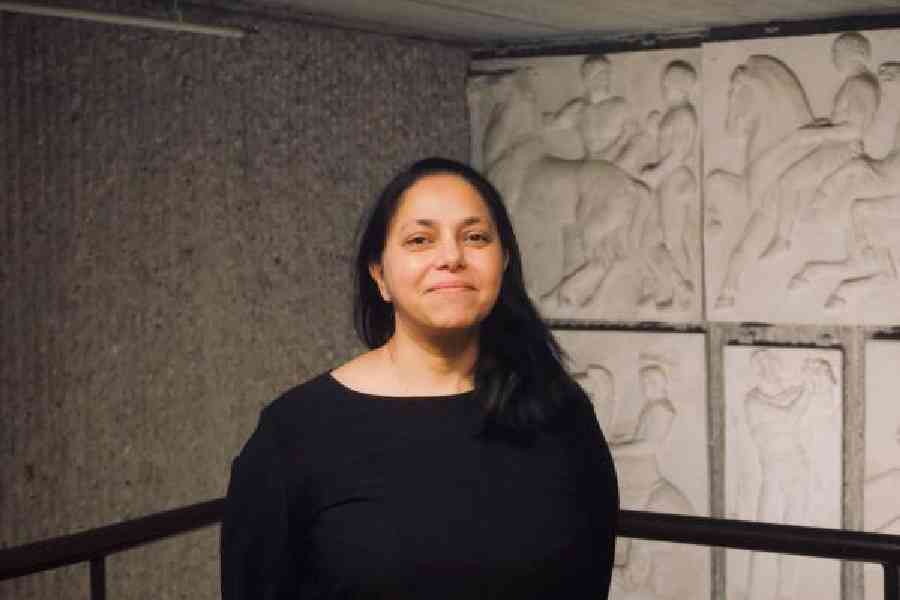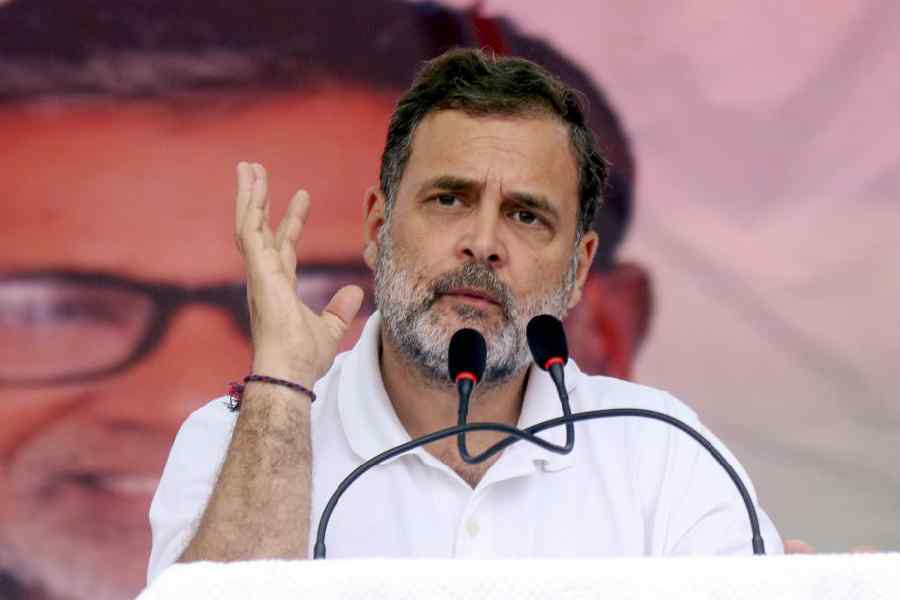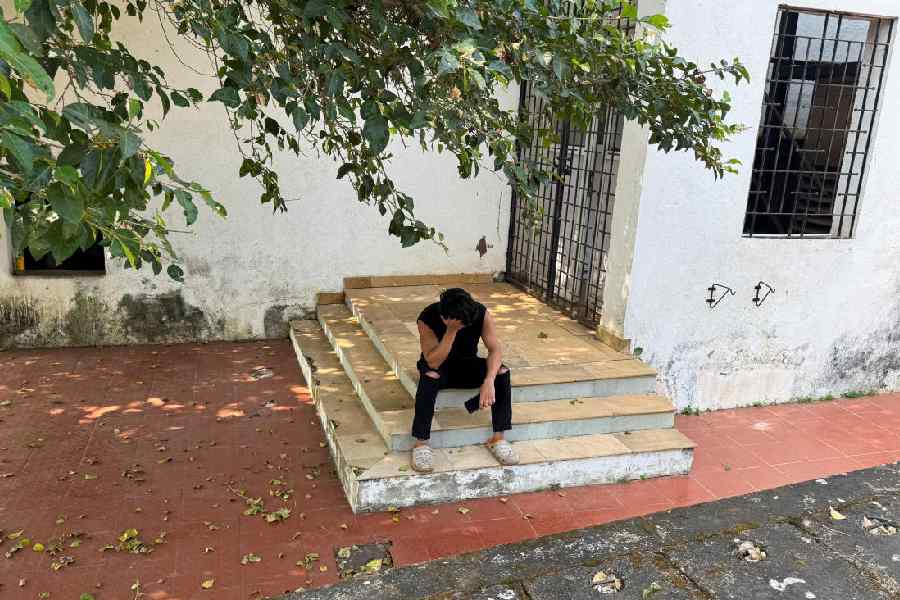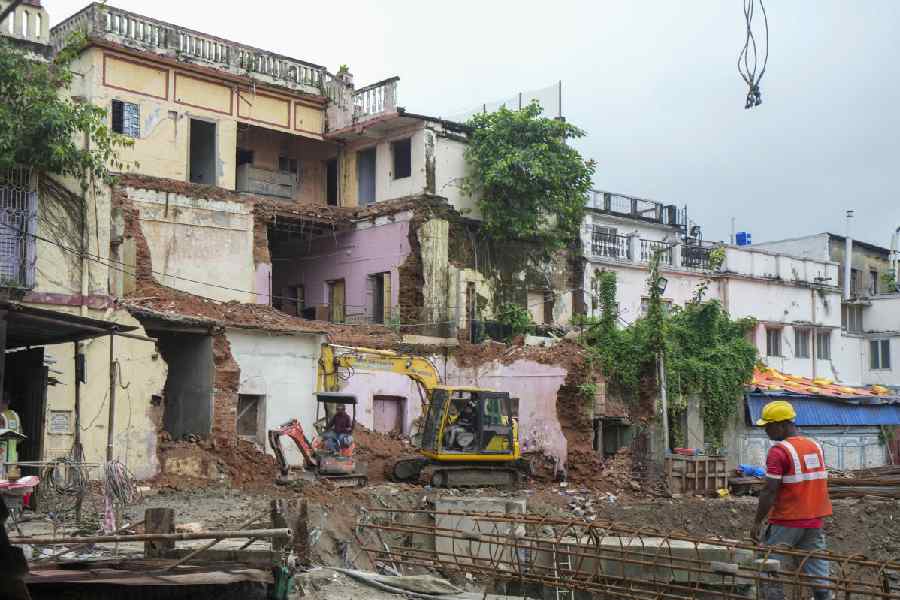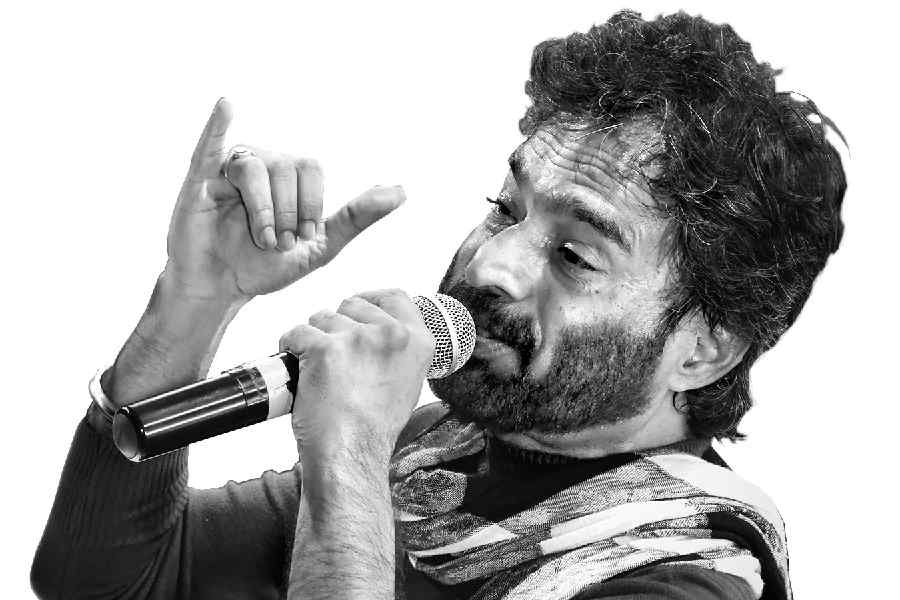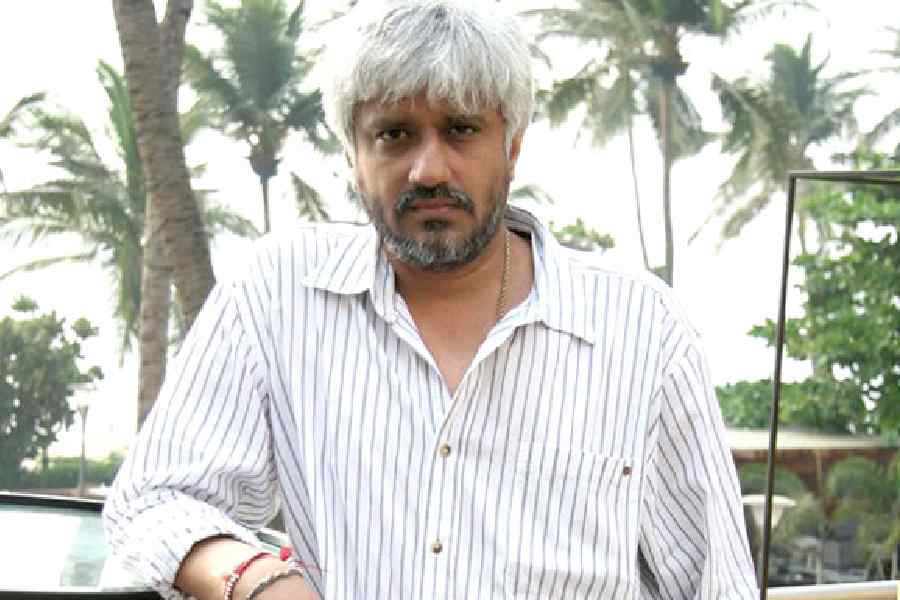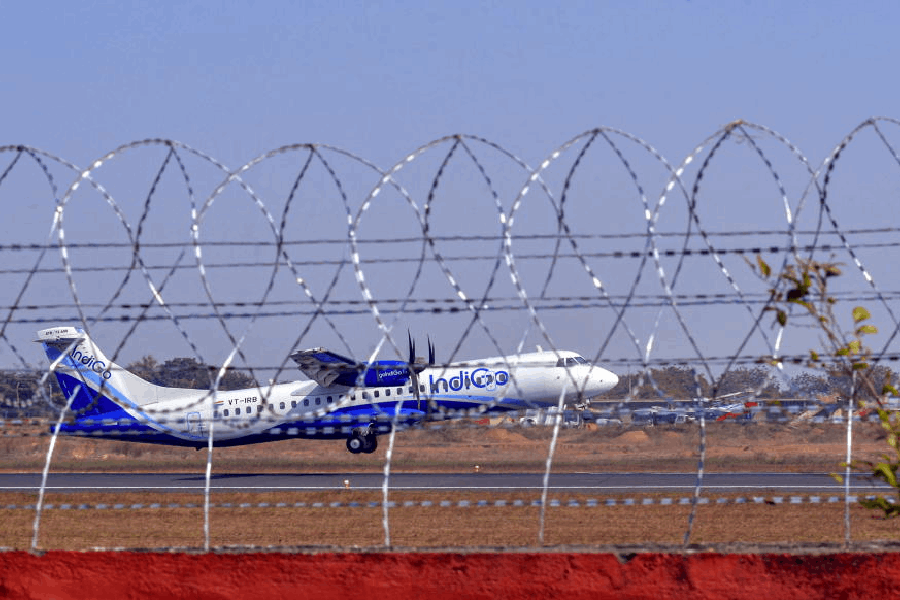Vyjayanthi Rao’s association with Sharjah Architecture Triennial goes back to the very first edition when she wrote about it in eFlux, a publishing platform, as desired by the first edition’s curator. “I was very interested in the Sharjah Architecture Triennial because I had been a part of the Venice Architecture Biennial and I could see that the ambition was very different. It was very specific to our region,” said Rao, who has closely witnessed the urban lives of Mumbai and New York. Rao is back as the curator of the third edition of the Triennial, founded in 2018 as a platform for architecture and urbanism in a region that extends from West Asia to South Asia and the African continent.
An anthropologist, writer, artist and curator, currently teaching at the Yale School of Architecture, and who has been part of many prestigious platforms including the Lisbon Architecture Triennale (2022), the Center for Architecture in New York (2023), the Kochi Biennale (2016), the Chicago Architecture Biennale (2023) and in the Berlinale Film Festival (2025), Rao will be joined by Tau Tavengwa, a London and Cape Town-based curator and publisher, as an associate curator. Together, for the Triennial, scheduled in November 2026, the duo will engage thinkers, artists, architects and the common people, and challenge set architectural norms. A collective dialogue will allow the world to view ‘urban setting’ in a more sustainable, environmentally and human-friendly lens. A tete-a-tete with Rao.
The Sharjah Architecture Triennial is known for foregrounding voices and practices beyond the conventional centres of architectural discourse. How did you shape your curatorial vision to ensure inclusivity while also maintaining a cohesive narrative?
Much of the theory about urbanisation, urban life, cities, etc, has been produced in the West. And we are sort of trying to figure out why our Indian cities are so chaotic. We ask that question because there is an expectation of a certain kind of harmony or order that is supposedly associated with big cities like New York. But since I live here, I know on a day-to-day basis how chaotic things are over here as well. Subways break down all the time… So it’s a matter of also questioning, where do you get your theory from? How are you theorising social life? I certainly agree that there needs to be some common ground for having conversations about global urbanisation across the world in different regions. But I think paying attention to differences is also very important. So that’s where I would say that from the very beginning, the Sharjah Architecture Triennial’s emphasis was on the regions outside of the West or the global North, as you might call it today. And that was very attractive to me.
Also, we’re interested in different architectural ecologies. Many practices fall outside the conventional structure of the architectural office, practices that are more grassroots in nature and deeply connected to communities. In fact, you could say that we are interested in architects who are in many ways activists. What one notices is that some of the greatest opposition or critical thinking comes from architects. The insights of people like Charles Correa, Neera, and Arvind Adarkar, who were at the forefront of organising and thinking about a healthy urbanisation, always inspired me.
That’s truly in tune with the Triennial’s title of ‘Architecture Otherwise: Building Civic Infrastructure for Collective Futures’.
Yes. It means not the usual architecture, but seeking out practices that are doing unusual things, that think about architecture holistically as a part of everything that is going on around them. Architects straddle both philosophical and practical kinds of realms.
The Triennial often becomes a platform for imagining alternative futures in architecture. What themes or questions did you feel were most urgent to address in this edition, and why?
The subtitle of the edition is ‘Building Civic Infrastructure for an Uncertain World’. So, the Triennial is questioning the ground on which we’re building, where there’s the whole diversity of people and cultures, and then the aspect of how it’s the very act of building the world, in a sense, has undermined and created the conditions for more movement, migration, and all of these things. So, if we go on like this, there will be consequences. Some events cannot be predicted, like floods in Bangladesh and even Bengal, but we know that they are coming, to some extent. So, the question and concern is, how do we make our cities caring, hospitable, and secure and the role of civic infrastructure. We want to highlight ideas that are not seeking to solve any particular problem, but are actually creating enabling conditions for a certain kind of life, collective life to thrive.
There’s another aspect that is of great interest — urban gardening — growing one’s own food, sort of food self-sufficiency, even in very hostile ecological conditions. So, looking at what people are doing to foster that. It doesn’t matter if they don’t grow enough food to feed themselves, but the act of making a garden is already an intervention. That is an invitation, in some sense, to collaborate, to imagine yourself with other beings, with nature, with other animals, pollinators and other stakeholders. It’s a fascinating moment to explore the potential of architecture in a highly technological, digitised world, to bring people back into real-life collaboration.
Curating involves balancing the intellectual framework with practical execution. Could you walk us through the process of translating your vision into the actual selection of projects, participants, and exhibitions?
The most exciting aspect of curating an architectural exhibition is how do you turn away from focusing on spectacular models and drawings and allow people to see that architecture has this potential to enable civic life to take place. Charles Correa has these amazing writings about housing, where in some of his buildings, just by the way your stairwells or corridors are placed, it can enable so much interaction and yet it can also provide you privacy. There is a power in those physical and spatial gestures that has the potential to translate into these larger philosophical ideas.
In your view, what role can an event like the Sharjah Architecture Triennial play in shaping global conversations on sustainability, urbanism, and cultural identity?
I think it has the potential to play a huge role. But, again, there needs to be a strategy for communicating the ideas that we are working with, to a broader public. Some of the projects which we’re looking at will also draw on the experience of different groups of people, and how they experience their own practices around building homes, contributing to the world of architecture. I feel like the Triennial does need to reach beyond the usual audiences of artists and architects, and people who have the means to travel to Sharjah. Again, there are people within Sharjah who may never step into a museum or a gallery, but an architecture exhibition has the potential to invite visitors and explore all of those people. We also want to highlight practices that are working towards expanding this conversation around sustainability.
How important is the lead that Sharjah, as part of West Asia, is taking?
To be honest, ever since I left India in the 80s, and have continuously returned, flown through the Gulf, I have experienced the transformation, but as a traveller. I think within the UAE, Sharjah has always had a focus on culture and creating these contexts for people to reflect, as a counterbalance to the rapidity with which the Gulf has urbanised.
If India had its exhibition similar to Sharjah Architecture Triennial, what ideas and dialogues you would want to engage in?
I’d love to be a part of that. India is buzzing, architecture-wise, and of course, it has a history, and also it’s growing massively. So we need some intervention to slow down, to be sustainable…. There are so many exciting projects happening on the ground and I think we need to really amplify them. In this edition, we’re trying to make sure that there’s a lot of representation from South Asia, Africa, and even South America. So, we’re trying to make it robustly focused on the Global South. So, really, India is, of course, a huge part of that story.

